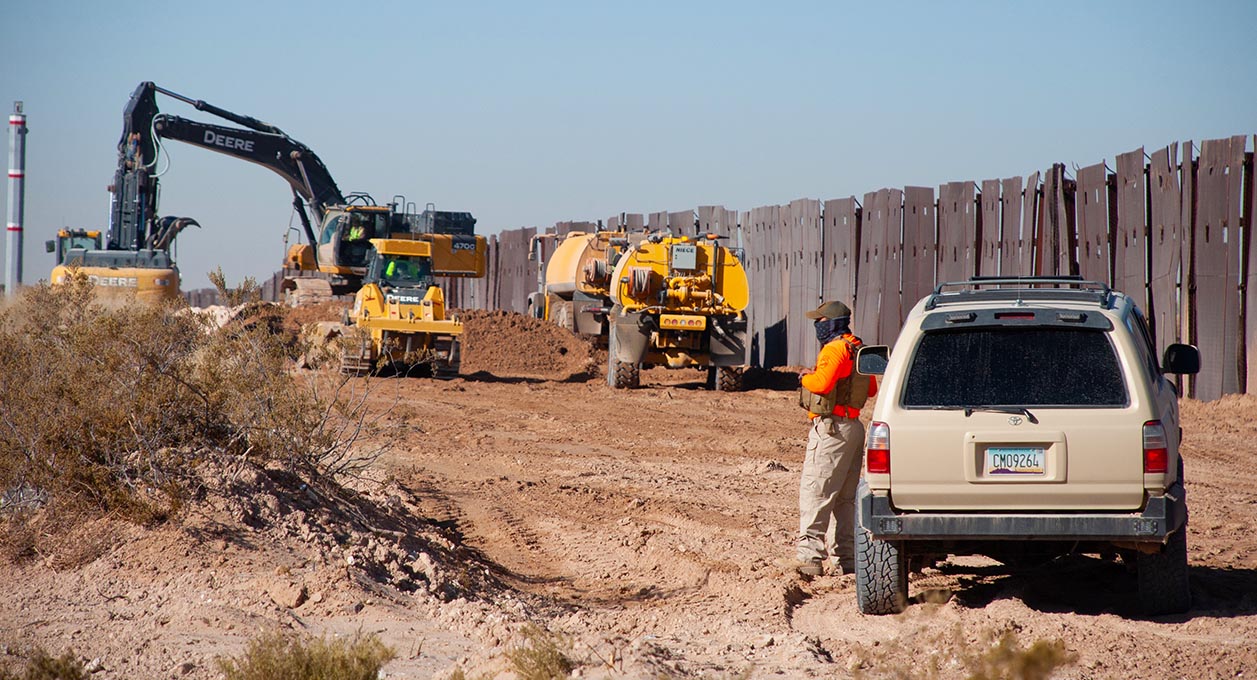With housing activity hitting records high and sales of new homes growing, now might be a good time to invest in land development..
Savills’ latest land analysis reveals the value of greenfield land rose to 3.9% in the third quarter of 2021, while value in urban sites increased by 2.2%, according to a report by BuyAssociation.
Becoming a developer gives you the freedom to develop commercial or residential property from scratch. Then sell or rent out to reap high profits every month.
However, to become a successful developer, you must learn every aspect of land development, from planning to finding a good builder, and property marketing tactics.
Keep reading to learn essential tips to succeed in land development.
Planning Matters
This sounds obvious, but having a plan is the first step to establishing a profitable land development project. Start by determining what you want to do with the land.
For example, let’s say you’re a conservationist. You may develop a wildlife sanctuary on your raw land. Or perhaps you’re thinking about becoming a real estate mogul who builds shopping centres or condo units. Whatever you decide to do, make sure you have a written plan.
A land development business plan outlines the short-term and long-term goals of your project, potential expenses, and estimated profits.
With this in mind, research the economic feasibility of your land development project. Understanding the feasibility of land development projects is crucial, as it reduces uncertainty in the market and provides an effective model of the investment costs versus potential profits.
Estimate Development Costs and Budget Wisely
Before launching your development project, estimate the total costs and set a budget. Like with any enormous investment, there are many factors to consider when budgeting for land development.
First, think about how much you’ll spend on a piece of land. Then, add construction expenses, such as the cost of building materials, labour, approval fees, licenses, and site preparation.
Whether you’re developing raw land for wildlife conservation or residential homes, site preparation is vital. You need to remove obstacles like unwanted trees, tree stumps, bushes, and other debris from the site to pave the way for grading, installation of underground utilities, and construction of property.
This means you’ll need the services of tree removal professionals to clear your construction site. Reputable tree removal services will not only remove unwanted trees but also provide tree trimming, stump grinding, land surveying, forestry mulching, and brush removal.
Understand the Challenges
It’s common to see development sites sit idle for months or even years because the owner ran out of funds or failed to follow set regulations. It’s worth noting while the value of undeveloped land can’t depreciate, the tax benefits are always little.
Given land development is a huge investment that might not yield profits, banks rarely provide a loan of over 40% of the land’s value.
With this in mind, take a considerable amount of time to research the pitfalls linked to land development. Doing so will help you implement an effective strategy to launch a successful land development project.
Developing raw land is an excellent way to create wealth. But the process can be challenging if you don’t plan accordingly.
To become a successful land developer, you need to create a business plan that highlights your goals along with expected expenses and profits. It’s also crucial to estimate costs and have a budget, and understand the challenges developers face.




